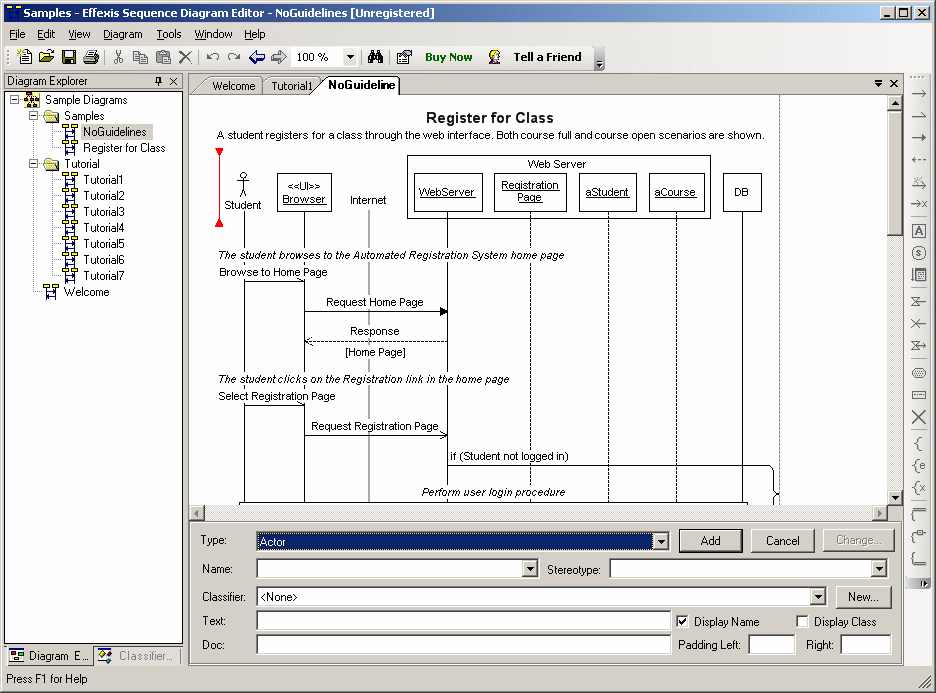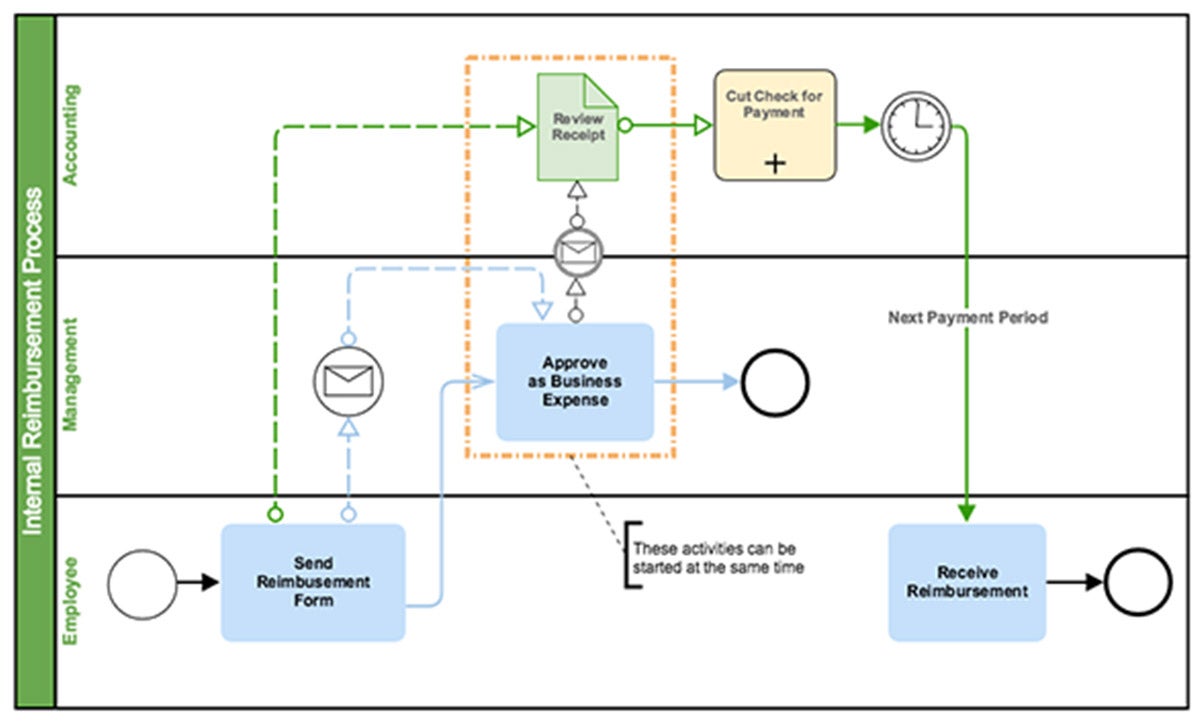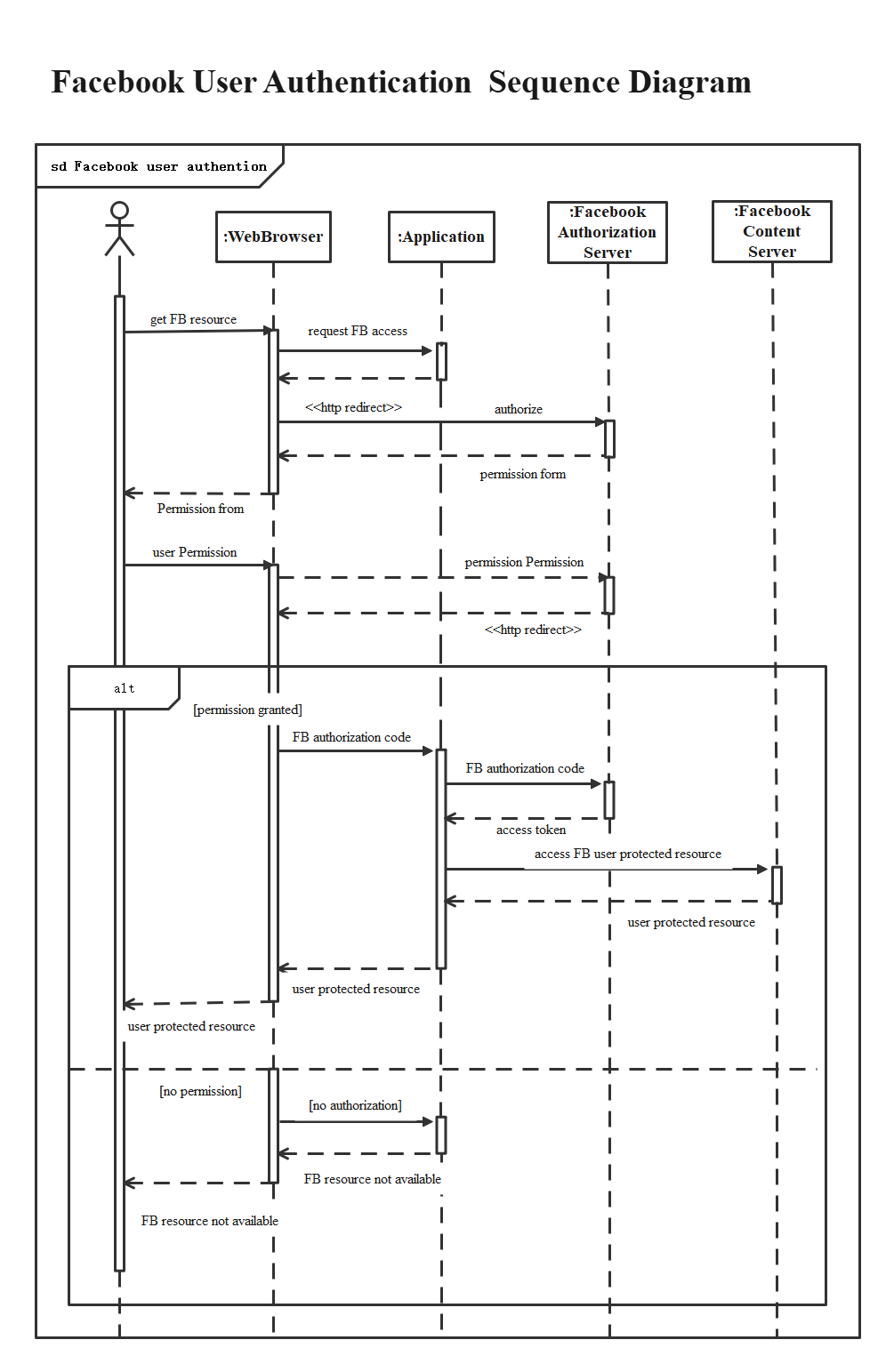

#SEQUENCE DIAGRAM TOOL SOFTWARE#
They are most often used in the construction phase of software projects and are especially useful when analyzing the process-intensive portions of your application.
#SEQUENCE DIAGRAM TOOL SERIES#
This third article in the series covers one of the most interesting diagrams in the UML - the sequence diagram. You often create a sequence diagram to model the logic of a use case. Sequence diagrams can help you comprehend and solve difficult issues in the process-intensive portions of your applications. It helps you document and understand the dynamic aspects of your software system - specifically the sequence of messages that are sent and received between objects. Multiple interaction fragments are combined to create a variety of combined fragments, which are then used to model interactions that include parallelism, conditional branches, optional interactions.The Sequence Diagram is one of the most interesting and useful diagrams in the Unified Modeling Language (UML). Most of these improvements are based on the idea of interaction fragments which represent smaller pieces of an enclosing interaction. UML has introduced significant improvements to the capabilities of sequence diagrams. It should be the result of a message, either from the object itself, or another.Ī message sent from outside the diagram can be represented by a message originating from a filled-in circle ( found message in UML) or from a border of the sequence diagram ( gate in UML). If an object is destroyed (removed from memory), an X is drawn on bottom of the lifeline, and the dashed line ceases to be drawn below it. Objects calling methods on themselves use messages and add new activation boxes on top of any others to indicate a further level of processing.

Asynchronous calls are present in multithreaded applications, event-driven applications and in message-oriented middleware.Īctivation boxes, or method-call boxes, are opaque rectangles drawn on top of lifelines to represent that processes are being performed in response to the message (ExecutionSpecifications in UML). If a caller sends an asynchronous message, it can continue processing and doesn’t have to wait for a response. If a caller sends a synchronous message, it must wait until the message is done, such as invoking a subroutine. Solid arrow heads represent synchronous calls, open arrow heads represent asynchronous messages, and dashed lines represent reply messages. Messages, written with horizontal arrows with the message name written above them, display interaction. Leaving the instance name blank can represent anonymous and unnamed instances. If the lifeline is that of an object, it demonstrates a role.

As you read down the lines you will see in detail how certain actions are performed in the provided model, and in what order. After each action is performed, the response or next action is located under the previous one. For example, the actor could request to log in, this would be represented by login (username, password). Messages will often appear at the top or bottom of a system sequence diagram to illustrate the action in detail. When an action line is connected to a lifeline it shows the interaction between the actor or system. Actions are performed with lines that extend between these lifelines. Under each actor or system there are long dotted lines called lifelines, which are attached to them. Reading a sequence diagram begins at the top with the actor(s) or the system(s) (which is located at the top of the page). These models show the logic behind the actors (people who affect the system) and the system in performing the task. In order to construct a system sequence diagram, you need to be familiar with the unified modeling language (UML). The purpose is to illustrate the use case in a visual format. These tasks may include repetitive, simple, or complex tasks. Professionals, in developing a project, often use system sequence diagrams to illustrate how certain tasks are done between users and the system.

This allows the specification of simple runtime scenarios in a graphical manner.Ī system sequence diagram should specify and show the following: A sequence diagram shows, as parallel vertical lines ( lifelines), different processes or objects that live simultaneously, and, as horizontal arrows, the messages exchanged between them, in the order in which they occur.


 0 kommentar(er)
0 kommentar(er)
